Questions Re: Electric sub-panel power feed?
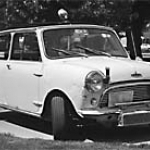
Questions on electrical permitted here?
I’m a newbie to the forum here but not to most topics discussed at length. There’s no heading for electric so I thought I’d post here, see what happens.

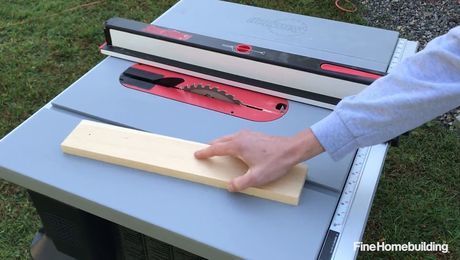
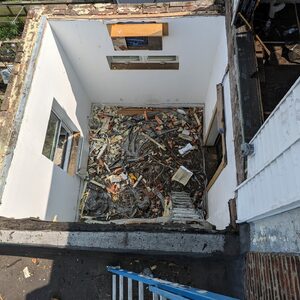
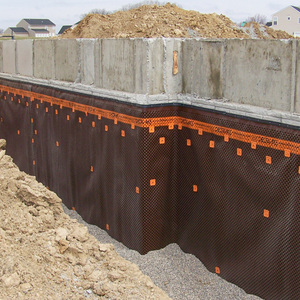
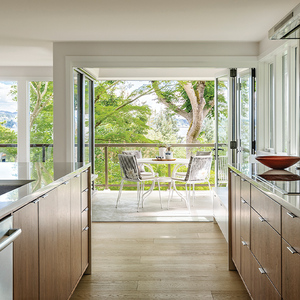





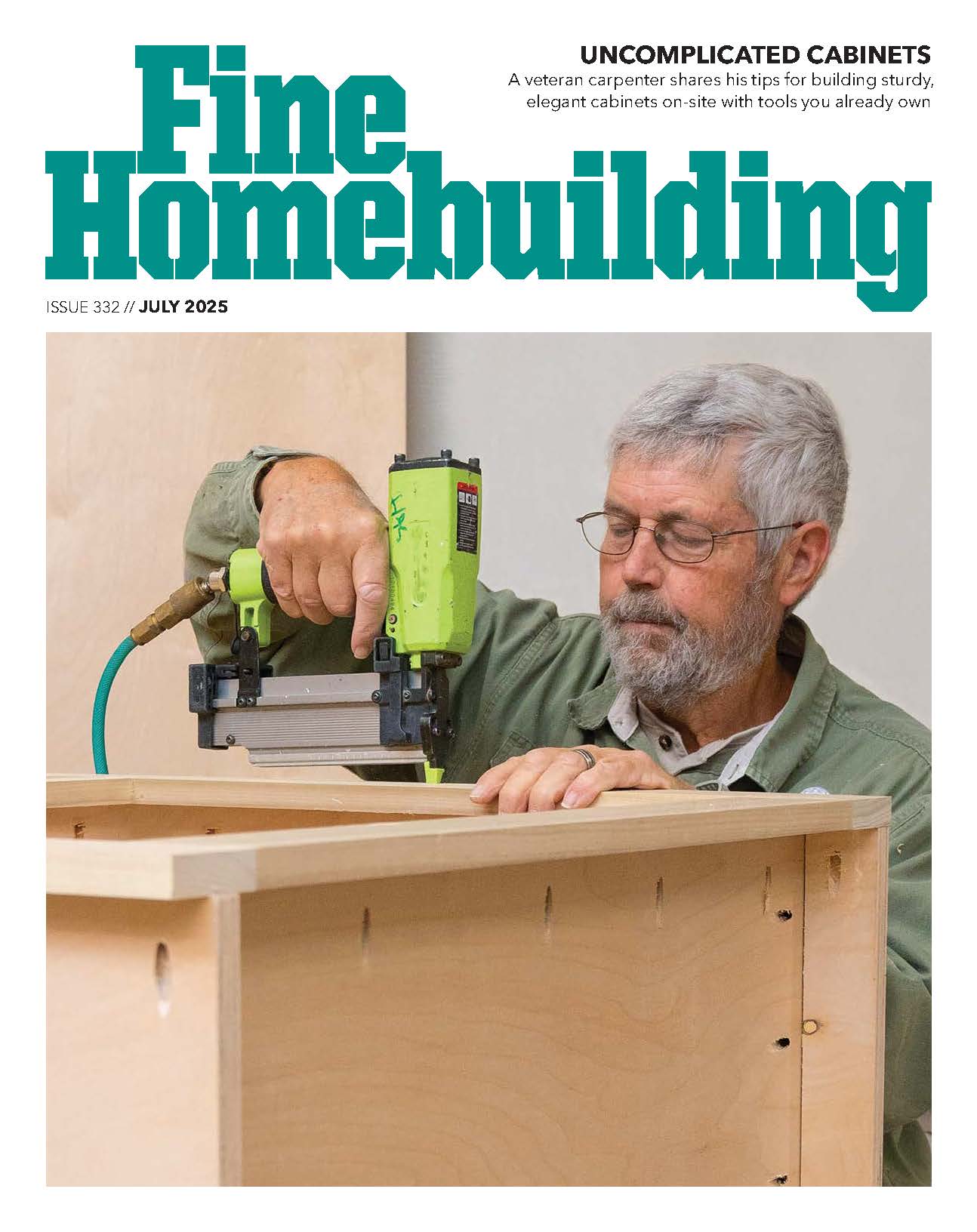
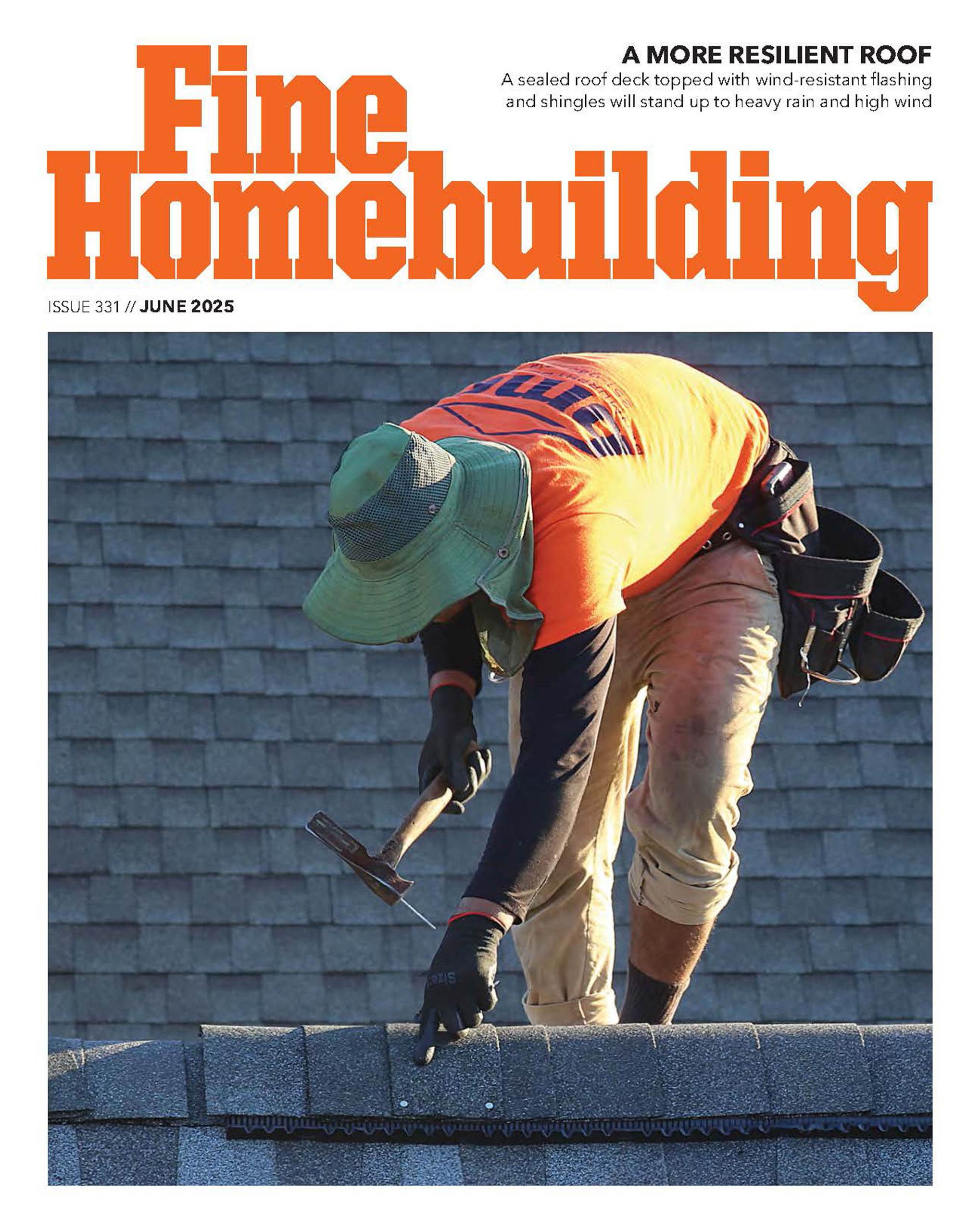







Replies
Post your question.
Sub-panels are recommended to reduce the number & complexity of long runs in house wiring, the idea being one properly sized run (THHN in conduit, NMC where permitted) powers the sub-panel's circuits.
So if the sub-panel houses breakers for its circuits, does the sub-panel's feeder get protected by a suitably-sized breaker at the main panel?
My intention is to separate some essential circuits (in a house I just moved into) so that a disconnect can be positioned between these circuits' breaker panel and the SE 200 A. panel. The disconnect will eventually be wired to an emergency generator, which is way too small to power the entire house.
Yes, except in some very limited cases the feed to the subpanel is "protected" by a breaker in the main panel. And, again, except for some limited circumstances, there must also be a "disconnect" at/in the subpanel, so that it can be rendered "dead" for servicing without having to use (and trust) the remote breaker.
But for a generator you should get a purpose-made generator panel with built-in crossover switch. This switch interlocks so that you cannot be simultaneously connected to mains power and generator, and is VERY STRONGLY required by code. Power companies get VERY MAD at you if you don't have one.
Understood & thanks for
Understood & thanks for confirming what I'd been thinking would meet code.
At the previous house I installed a "disconnect" which I guess is what you refer to as a crossover; 3 lugs thru & thru, one for mains, one for generator, NO WAY to backfeed to mains when the handle (fitted with safety interlock) is moved either to "none" (center) or "gen" (down). Mains is "up." Power company apparently approved, they secured the meter after inspection & that was 14 years ago.
Adding a sub-panel's intended to make generator connection most safe, convenient & economical in that I don't have to size the crossover for the full 200 A. service, just the combined anticipated max. load on the 'essential' circuits, maybe 40 A. if that.
Great forum here, thanks for responses. I'm sure I'll be back for more....
No problem, just get buy the transfer switch type sub panel and you are good to go. The generator will just be a plug and go when you get it.
You put a breaker in the main panel to protect the feeder if you are not going to follow "tap" rules (limited current, metal conduit and a breaker at the load end sized to protect the feeder ..., basically)
So there's something out there made for just this kinda installation?
Who'da thunk?? Obviously things have improved since I added the gen connection to the old place's SE.
You gotta part # by chance? Make things stupid easy?
HAH! Nevermind... now that I know what to Google there's lots to choose from.
Thanks again!!
You'll find a variety of options for the transfer switches. There's the stand-alone switch, where you need a separate subpanel, and a number of different switch/panel combos. Some that are designed to be "sistered" to the side of the main panel. Home Despot carries a few, IIRC, and I'd assume most other big box building materials outfits do as well.
Unless you need a really big subpanel (and it sounds like not), then one of these combos is the way to go.
Just installed one...
Last month I installed a generator panel.
APC UTS-10B. Good for 240v which I needed for my well water. Very easy to install. No separate disconnect switch is needed, the APC circuitry isolates the generator power from the outside utility lines.
Nice thing about it is that is has load shedding, so for example, if your well pump kicks on and the load of the well pump would max out your generator and pop a breaker, the APC will shed another circuit. Say the fridge/freezer (for example). Then after the well pump turns off, the fridge turns on again. When you go through the panel start up menu, you classify and prioritize the circuits you have wired into it.
You can also plug in a backup battery power module into the APC, and have that module power a couple of circuits; say your computers, your home theater, you stairwell lighting. The power goes out, those uninterruptable circuits would be powered by the battery until you can shut down your computers or get the generator up and running.
And as yet another bonus, there is an autostart feature so when power goes out, after a slight delay, say 30 seconds, it'll send a signal to start your generator. You do need a certain type of generator with certain features for that though, autchoke, etc. And when utility power comes back on, again after a delay, it'll turn the generator off. That feature works with some of the small portable generators like I have. Doesn't have to be a typical whole-house Generac or Kohler, for example.
I have 200A service and with the load shedding feature of the APC UTS-10, my 5500W continuous Honda generator can power everything in my house except for the heavier 240V stuff; air conditioning, electric clothes dryer, electric wall oven.
I like it.
Good info, thanks! I'd seen the load-shedding feature touted in quick search this weekend, seems like a good idea if the whole shebang's being run off the gen during an outage.
My gen's 4.5KW manual-start so the auto-start thing'd go unutilized. Were I planning witha clean sheet / fat wallet though...
in that case...
If you're looking for least expensive, simple, and code-legal, if you don't already have it get a receptacle for the outside of your house. Depends on the output of your generator, but in my case I used an L14-30 receptacle (240v/30A) on the outside of the house:
View Image
And a proper sized cable to plug the generator into the L14-30 receptacle:
View Image
Then inside your house you'd wire the receptacle to a breaker in your panel.
Then get an interlock switch for your service panel. It requires you to open the main breaker on your panel in order to close the breaker that will allow the generator to power your panel. In the photo below, you'd have to open the main breaker, then slide the metal panel upwards, then close the 30A (in this photo) breaker that's installed on the right bus. The generator will be wired in to that 30A (in this photo) breaker.
To not overload your generator you'd have to manually open other breakers as needed.
View Image
This setup described by Mongo is exactly what I installed on my house. It's simple and foolproof. If you forget to open the big hog circuits, the generator will tell you instantly. Then you simply take care of them. It's easy to make oneself a reminder tag that is displayed inside the panel door.
I think the average home owner would be well served by the separate panel with critical loads and the automatic load sheading. In a storm recovery situation, they usually have plenty to worry about and depending on them to also handle load management may be unrealistic.